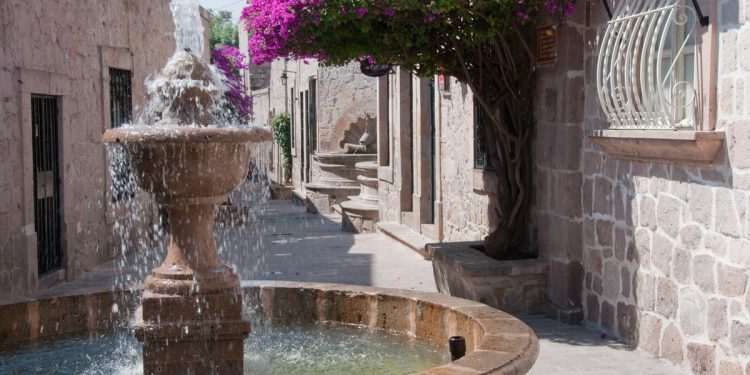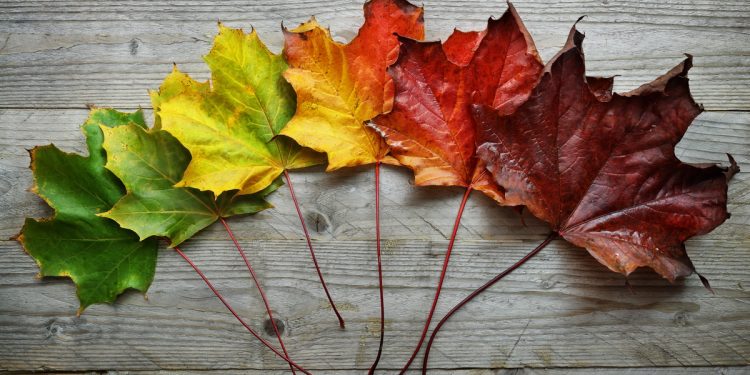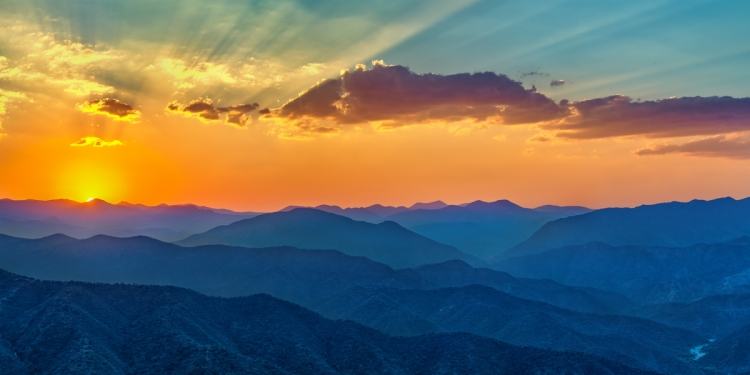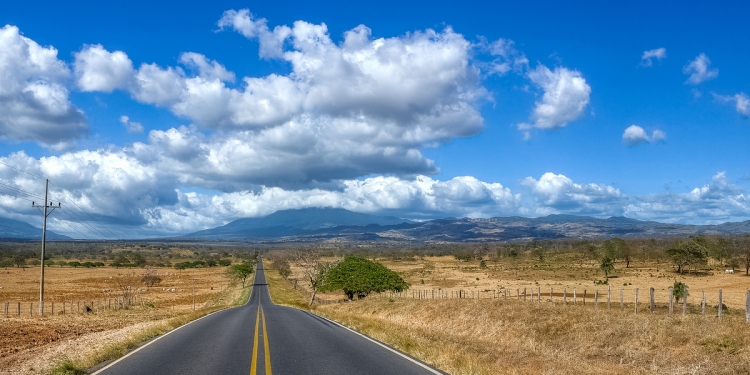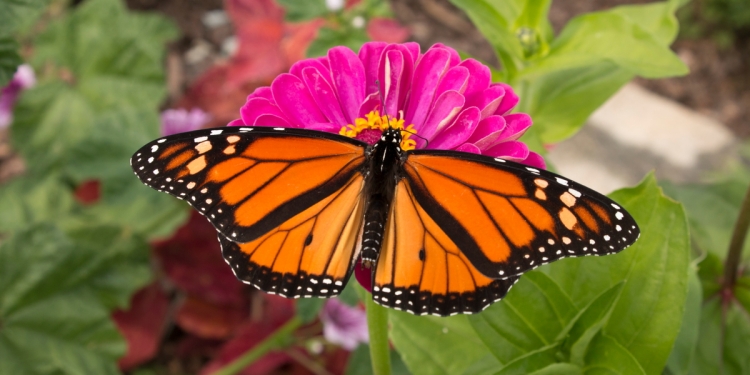Mexico’s winter season begins on or around December 21 each year, and although the seasonal change does not feel as marked as it does further north in the hemisphere, if you’re living or visiting here during this time of year, you’ll feel a distinct change in the air and its temperatures.
Seasonal changes and cooler air temperatures
The climate in Mexico begins to turn during the Autumn when temperatures at higher altitudes will begin to feel generally cooler from late September. By mid-to-late December, towns and cities situated at higher elevations can feel chilly or even cold after sundown, and in the early hours of the morning.
How marked the temperature change feels depends on where you are in Mexico.
Areas situated at lower elevations and near the coasts lose their high humidity and heat to become pleasantly warm, whereas the central highlands and some areas along the Gulf Coast are cooler and also become subject to temporary cold fronts from the north —colloquially called nortes in Spanish— which can bring gusts of icy wind and even overnight frost for a few days at a time.
Cold spells tend to pass surprisingly quickly and on most winter days daytime-high temperatures can reach a pleasantly-warm 21-23 degrees centigrade; 70-74 degrees Fahrenheit.
Cooler winters in Mexico’s central highland regions
As we outlined in a related article, Mexico is a land of three lands, featuring low-lying coastal plains, central highland areas, as well as some settlements situated high-up in the mountains.
Winter climates in Mexico’s central highlands range from temperate to cool, and can also turn cold on occasions.
Mexico’s northern regions (as well as Mexico’s Copper Canyon) can experience sub-zero temperatures and even snowfall through the winter months.
In the central highland states of Querétaro, Guanajuato, San Luis Potosí, Aguascalientes, and Zacatecas, as well as the central western highland areas of Guadalajara and Chapala/Ajijic, and Pátzcuaro and Morelia in the state of Michoacán, winter temperatures can oscillate between being comfortably warm during the day, to freezing overnight; these areas are also subject to cold spells brought by inclement weather fronts from the north.
Temperatures in the valley of Mexico City, situated at an elevation of around 7,300 feet above sea level, can feel quite cool and sometimes cold overnight between late November and early February.
Where to find warmth during winter months in Mexico
For warmth during December, January and February, you’ll need to be situated in lower-lying areas, or near Mexico’s coasts.
Los Cabos and Baja California Sur, Mazatlán, Puerto Vallarta, Cancún and the Riviera Maya, Manzanillo, Ixtapa and Zihuatanejo, Acapulco, Huatulco, Mérida and the Yucatán peninsula —places which can get very hot during the summer months— tend to enjoy gloriously comfortable and warm temperatures during the winter, which is why they are so popular with part-time winter residents, sometimes referred to as “snowbirds.” These are also favorite winter-getaway places for residents of Mexico’s highlands who may repair to the coast for a few days’ dose of sweet warm air, especially if a cold front lingers.
Further south, in less arid states and those which slope down to the coasts, the climate tends to be more temperate year-round, and while winters can feel cool and be subject to cold spells, they don’t get as cold as those states situated further north. South of Mexico City, the states of Morelos, Guerrero, Oaxaca, and Chiapas are less prone to cold or freezing temperatures during the winter months.
The state of Michoacán, west of Mexico City, is the one of the states that features a combination of highland areas inland and coastal plains as you travel further west and down to the Pacific; and temperatures can thus vary dramatically: Pátzcuaro will feel chilly or cold after sundown during the winter months, whereas a three-hour drive west from there to Zihuatanejo the climate becomes pleasantly warm.
Enjoy Mexico’s long daylight hours, even during winter
A big attraction of Mexico’s climate is that, temperatures aside, it offers long hours of daylight all year-round. During winter, daylight hours do shorten a little, but most places in Mexico enjoy between ten and eleven hours of daylight every day of the year—in contrast to other countries further away from the equator, where you can experience as little as five hours or less of daylight in the depths of winter.
Winter brings the Monarch Butterflies to Mexico
The Monarch Butterflies begin to arrive in Mexico from around mid-November. The highland oyamel fir-tree forests where they overwinter are coldest during December, causing the insects to cluster together on the trees for warmth, so if you want to see the butterflies in a more active state, then the ideal time to visit them is from mid-January to mid-March —the peak viewing season— when the daytime temperatures are warmer.
Late winter climates in Mexico
By late January, you can begin to feel the climate shifting again, and by late February evening and nighttime temperatures in the central highlands can return to feeling pleasantly fresh again as winter yields to spring in Mexico, ushering-in some of the driest days of the year before the rain season returns in May or June.
As winter passes, the temperatures near the coasts begin to transition back from being comfortably warm to being hotter during the spring months, which is also when the humidity returns to places situated on and near the coast.
Discover Mexico’s weather and climates
Mexperience helps you to discover Mexico’s diverse topography and climate as you make your lifestyle and leisure plans:
- Learn about how Mexico is a land of three lands
- Discover Mexico’s climate through the seasons
- The rain season begins in May/June and yields to the dry season in October/November
- Check individual travel guides here on Mexperience for climate by location. You can get full details about the weather by region and season on our guide to climate in Mexico.
- Browse the latest articles about climate and weather in Mexico
Mexico in your inbox
Our free newsletter about Mexico brings you a monthly round-up of recently published stories and opportunities, as well as gems from our archives.

